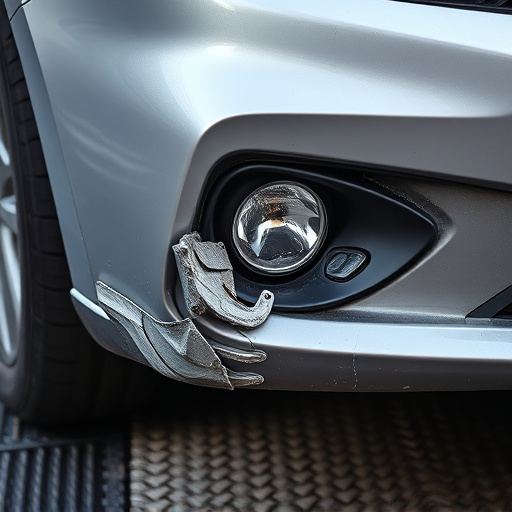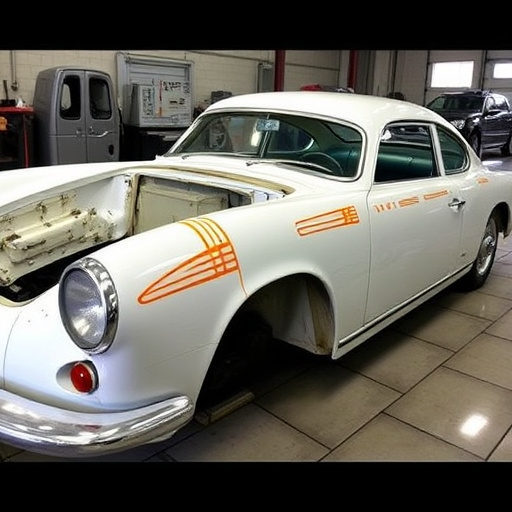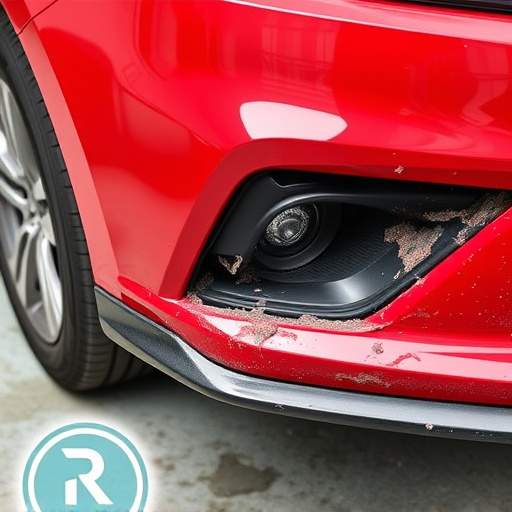Mercedes electronic stability repair involves real-time monitoring of wheel speed and steering angle via sensors and cameras to mitigate loss of control. Dynamic testing, replicating real-world driving conditions, is crucial for verifying system performance under various stresses. This rigorous simulation ensures optimal component function, enhancing safety and reliability, and meets high industry benchmarks. Positive test outcomes confirm the Electronic Stability Control (ESC) effectiveness in handling high-speed maneuvers and sudden evasive actions, significantly enhancing vehicle safety.
Mercedes-Benz, renowned for its cutting-edge technology, employs sophisticated Electronic Stability Systems (ESS) to enhance safety. When a repair is required, dynamic stability tests become invaluable. This article explores the process of validating Mercedes electronic stability repairs through rigorous dynamic testing. We delve into the essential role these tests play in ensuring optimal vehicle stability and safety. By understanding ESS and the test procedures, mechanics can effectively maintain Mercedes’ high-performance standards.
- Understanding Mercedes Electronic Stability Systems
- The Role of Dynamic Testing in Repair Validation
- Ensuring Optimal Safety: Test Procedures & Results
Understanding Mercedes Electronic Stability Systems
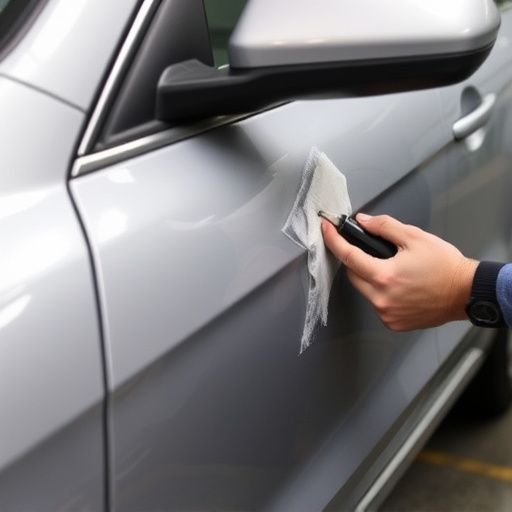
Mercedes electronic stability systems are designed to ensure optimal vehicle control and safety during every drive. These sophisticated systems use a network of sensors, cameras, and actuators to monitor wheel speed, steering angle, and other dynamic parameters in real time. When detected, potential loss of control situations can be mitigated through targeted intervention, such as individual wheel braking and traction control adjustments. This proactive approach significantly enhances driver confidence and reduces the risk of accidents, making Mercedes vehicles renowned for their superior handling and stability on both smooth roads and challenging terrain.
Understanding Mercedes electronic stability repair is crucial in the event of an accident or when routine maintenance is required. Auto body repair professionals play a vital role in diagnosing and addressing any issues with these systems. Given that even minor car collisions can impact the delicate electronics, it’s essential to turn to experienced technicians who can provide precise and reliable automotive repair services. These experts not only facilitate Mercedes electronic stability repair but also ensure that all components are thoroughly tested to meet stringent safety standards before a vehicle is returned to its owner, offering peace of mind for those relying on these advanced systems.
The Role of Dynamic Testing in Repair Validation
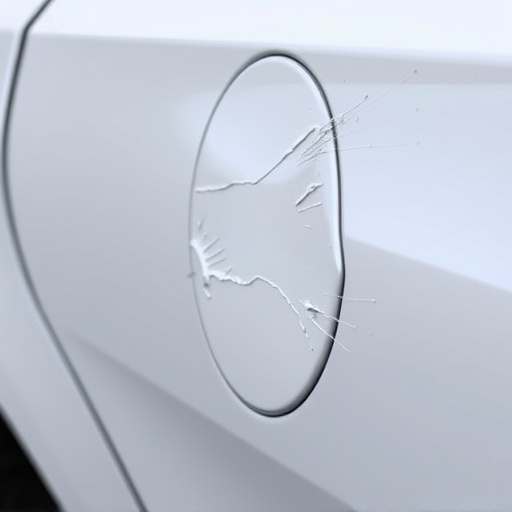
Dynamic testing plays a pivotal role in validating the effectiveness of Mercedes electronic stability repair. Unlike static tests that assess components individually, dynamic assessments mimic real-world driving conditions, allowing for a comprehensive evaluation of the system’s performance under various stresses and scenarios. This includes cornering, braking, and sudden steering inputs, all of which are critical for maintaining vehicle control. By subjecting repaired systems to these rigorous simulations, mechanics can ensure that every component is functioning optimally and working in harmony with others.
This approach not only enhances safety but also ensures the seamless integration of Mercedes electronic stability repair into the broader automotive ecosystem. In essence, dynamic testing serves as a bridge between garage workshops and the road, guaranteeing that repaired vehicles meet the highest standards of performance and reliability. It’s a crucial step in ensuring that automotive collision repair professionals deliver top-notch services, catering to both safety and customer satisfaction.
Ensuring Optimal Safety: Test Procedures & Results
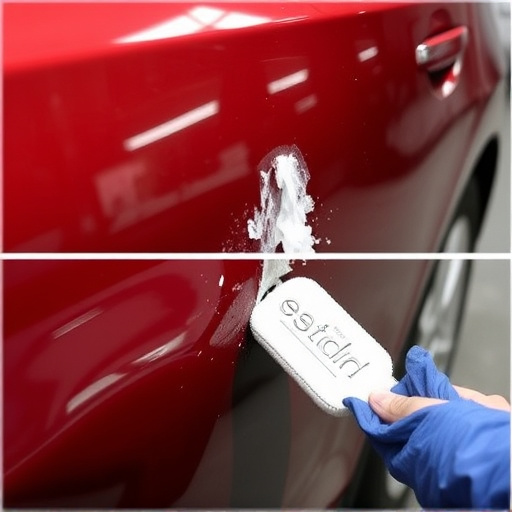
To ensure optimal safety, rigorous dynamic stability tests are conducted as part of Mercedes electronic stability repair procedures. These tests simulate various driving conditions and potential collision scenarios to validate the effectiveness of the repairs. Through controlled environments, engineers assess how the vehicle handles high-speed maneuvers, sudden evasive actions, and other critical situations, ensuring that the electronic stability control (ESC) system functions seamlessly.
The test results play a pivotal role in confirming the reliability of Mercedes electronic stability repair. Positive outcomes indicate that the ESC can accurately detect and counteract skidding or loss of control, significantly reducing the risk of accidents and enhancing overall vehicle safety. This meticulous process not only guarantees superior performance during collision repair but also peace of mind for drivers, knowing their Mercedes is prepared to handle even the most demanding road conditions.
Mercedes electronic stability repair is a complex yet vital process, and dynamic stability tests play a crucial role in ensuring its effectiveness. By subjecting repaired systems to rigorous real-world simulations, technicians can validate their work and confirm optimal vehicle safety. Through comprehensive test procedures, the results obtained provide assurance that Mercedes’ electronic stability control functions seamlessly, ultimately enhancing driver confidence and roadworthiness.



